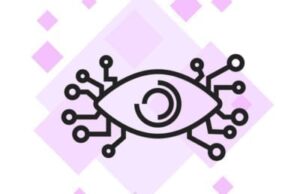Neurotechnology has released an updated version of its SentiSight.ai image recognition program. The update will improve the user interface for those running the free version of the platform, while those paying for the platform will receive the new interface alongside a slew of other features.

SentiSight.ai was built to help customers watch for specific objects and events. Clients can label the images they are interested in, and then train the system to spot other instances of that type of image in a larger database. The solution makes it easier for clients to create a custom computer vision solution tailored to the needs of their organization.
For free users, the update brings an improved annotation tool that will allow users to label points, polylines, and bitmaps in addition to bounding boxes and polygons. With the feature, users can select a few points and the platform can extract the desired image from those points. Neurotechnology will also provide a collection of pre-trained models to speed up development, while users can upload an image and ask the software to search for matches in their data set.
Paid users, on the other hand, will benefit from object detection model training, and from a new project sharing utility. The latter will allow multiple users to label images on the same project, while administrators will be able to manage user permissions and see who added each individual label.
Finally, the paid version will introduce an offline utility. Customers will be able to create and download a model for offline use, and will have the option to purchase the license of that model after a 30-day free trial.
“SentiSight.ai has become a platform of choice for image labeling and almost any AI-related task,” said SentiSight.ai team lead Karolis Uziela. “It has also become one of the first such platforms to offer the ability to download offline models, which allows our clients to be completely independent both from the platform and from their connection to the internet.”
The original version of SentiSight.ai was released in November of 2018. More recently, Neurotechnology unveiled a new BrainAccess Development Kit that will make it easer for developers to create their own EEG solutions.
–
August 17, 2020 – by Eric Weiss






Follow Us